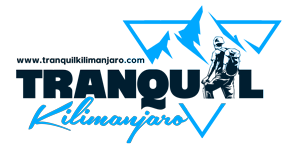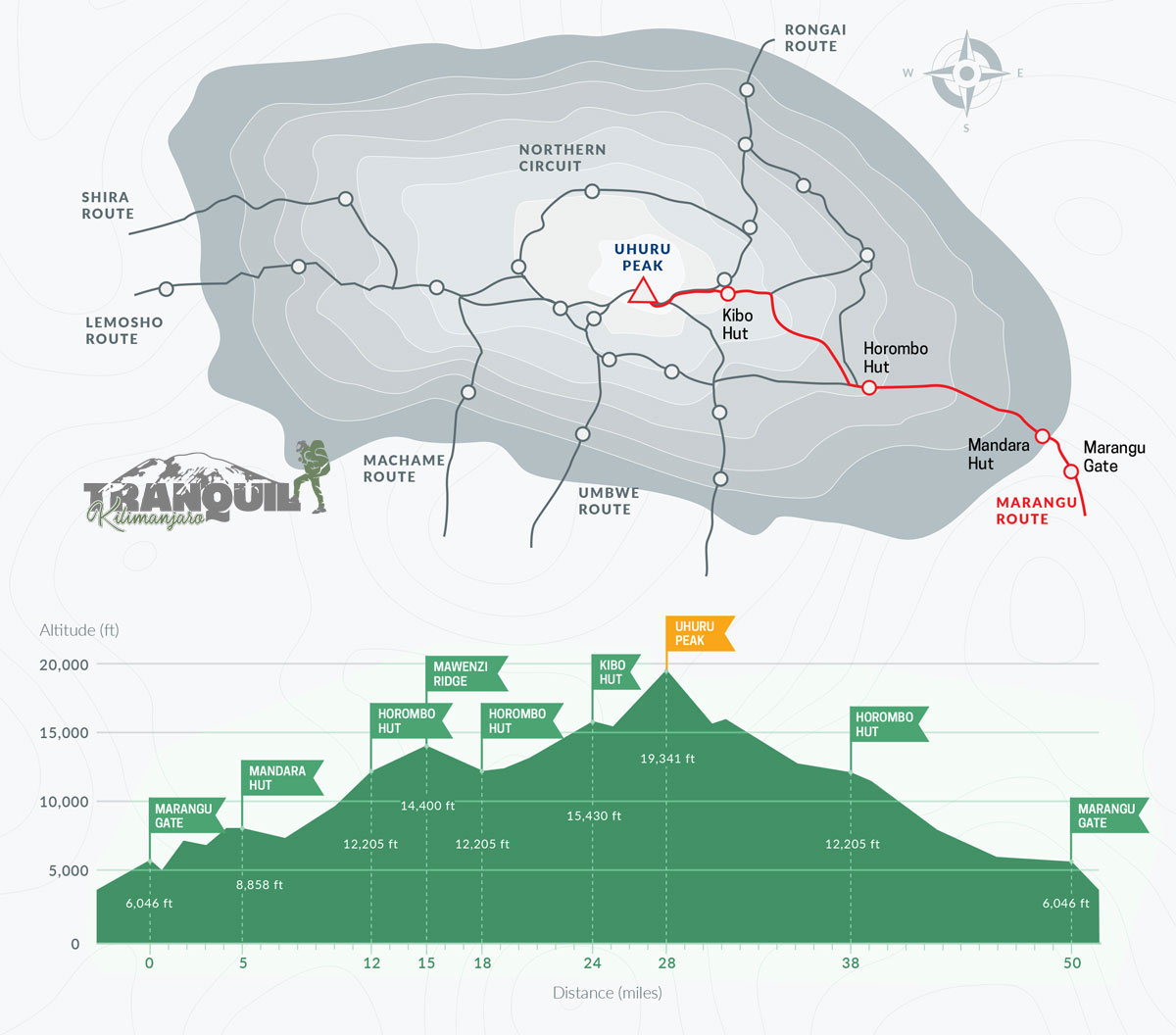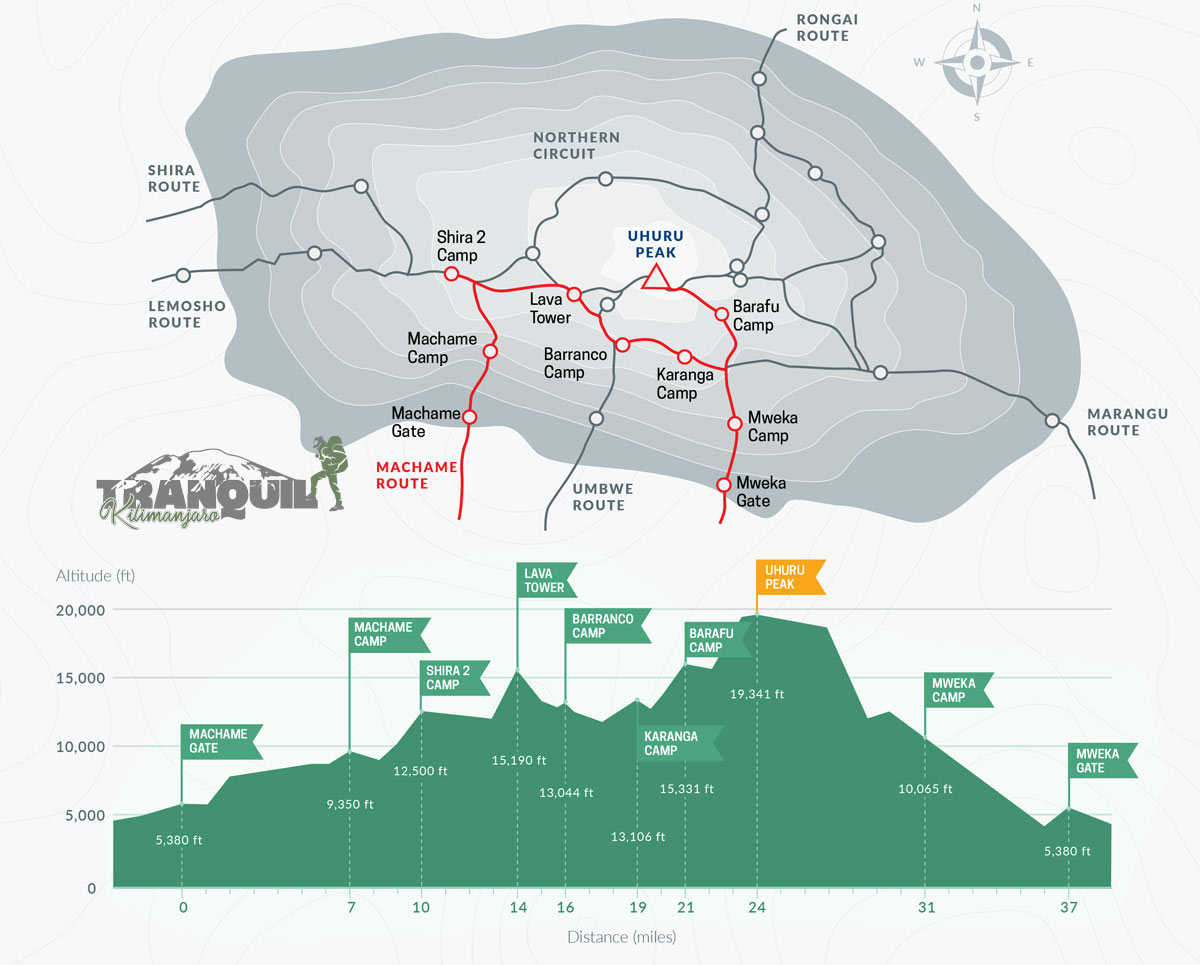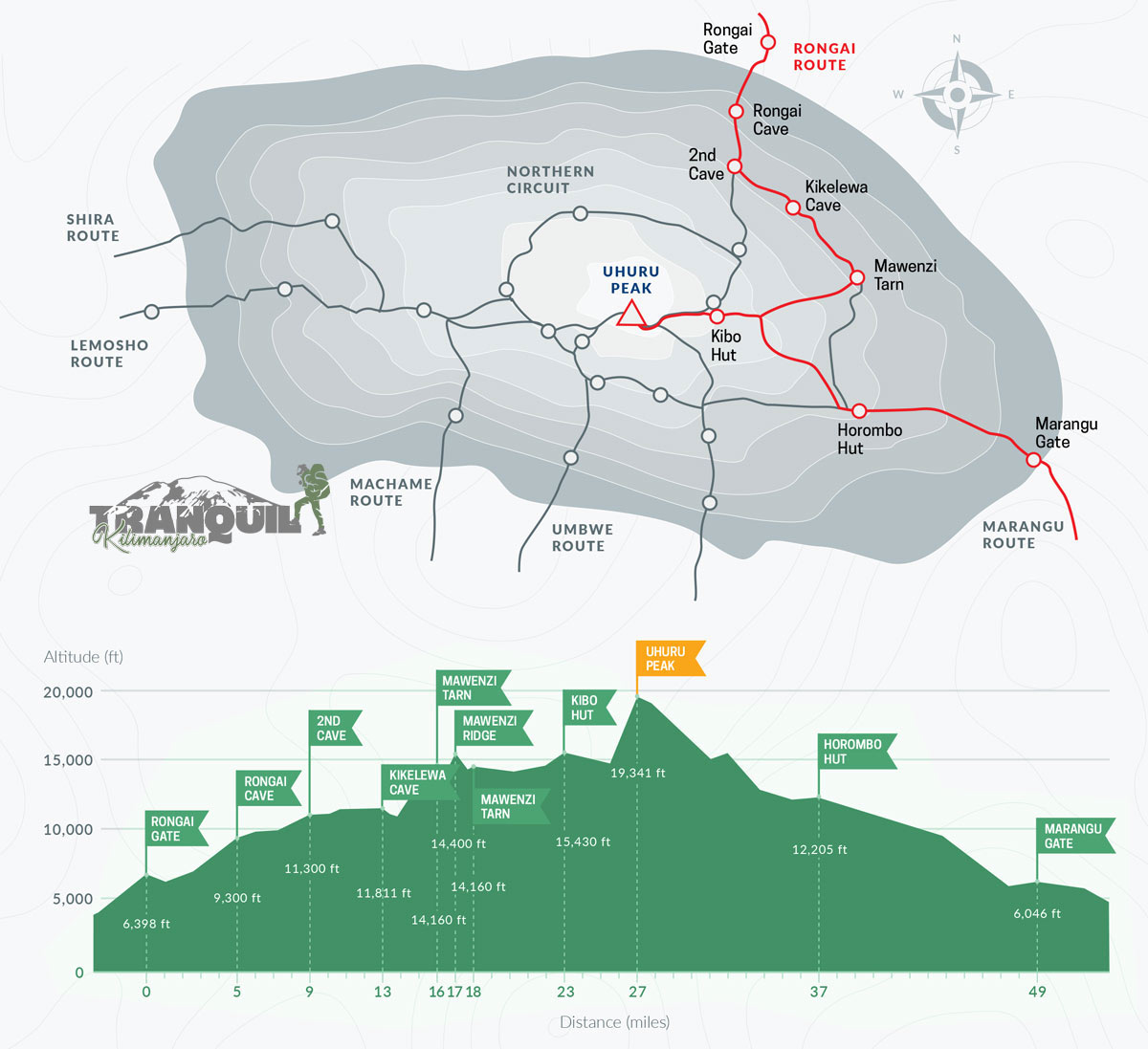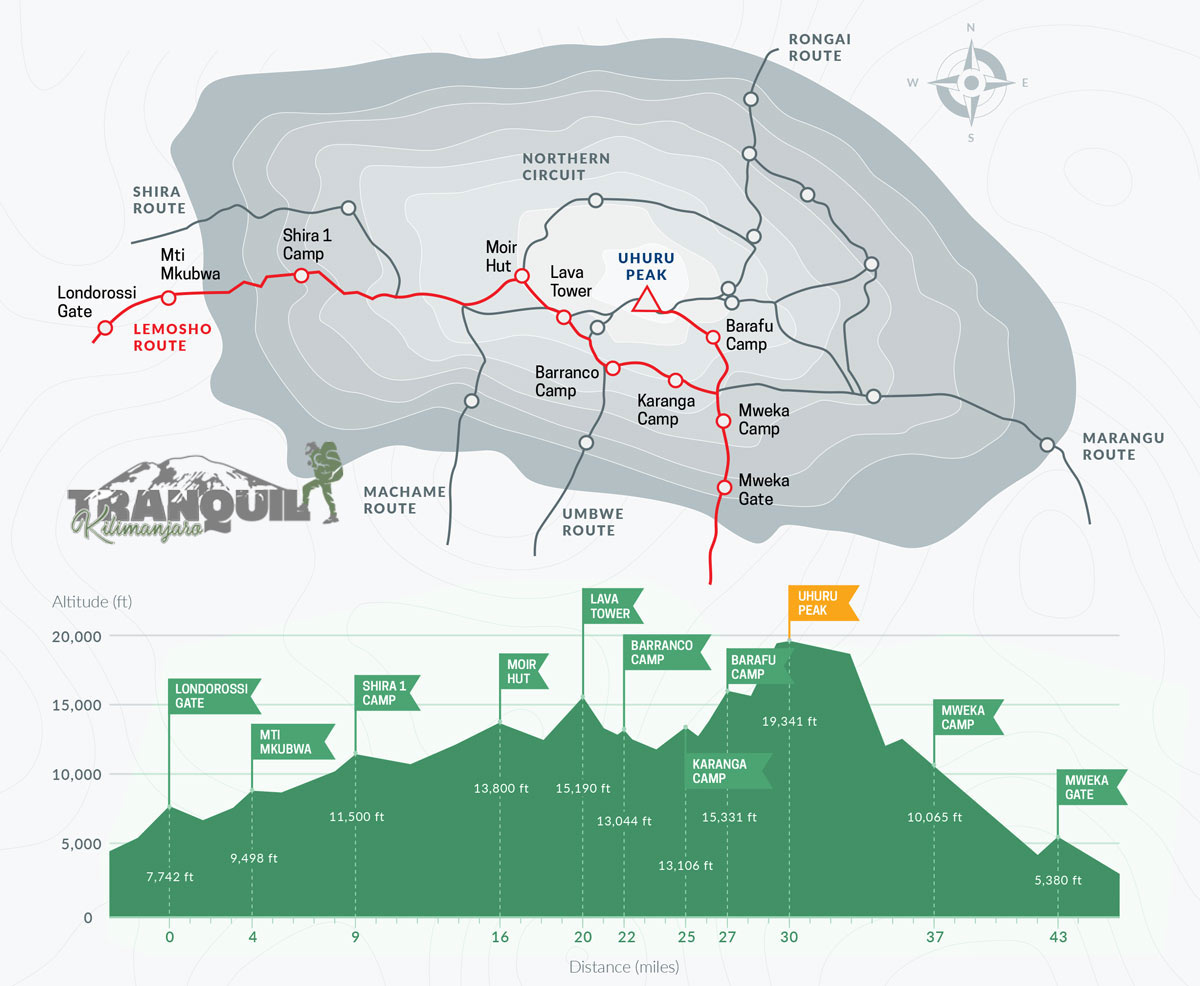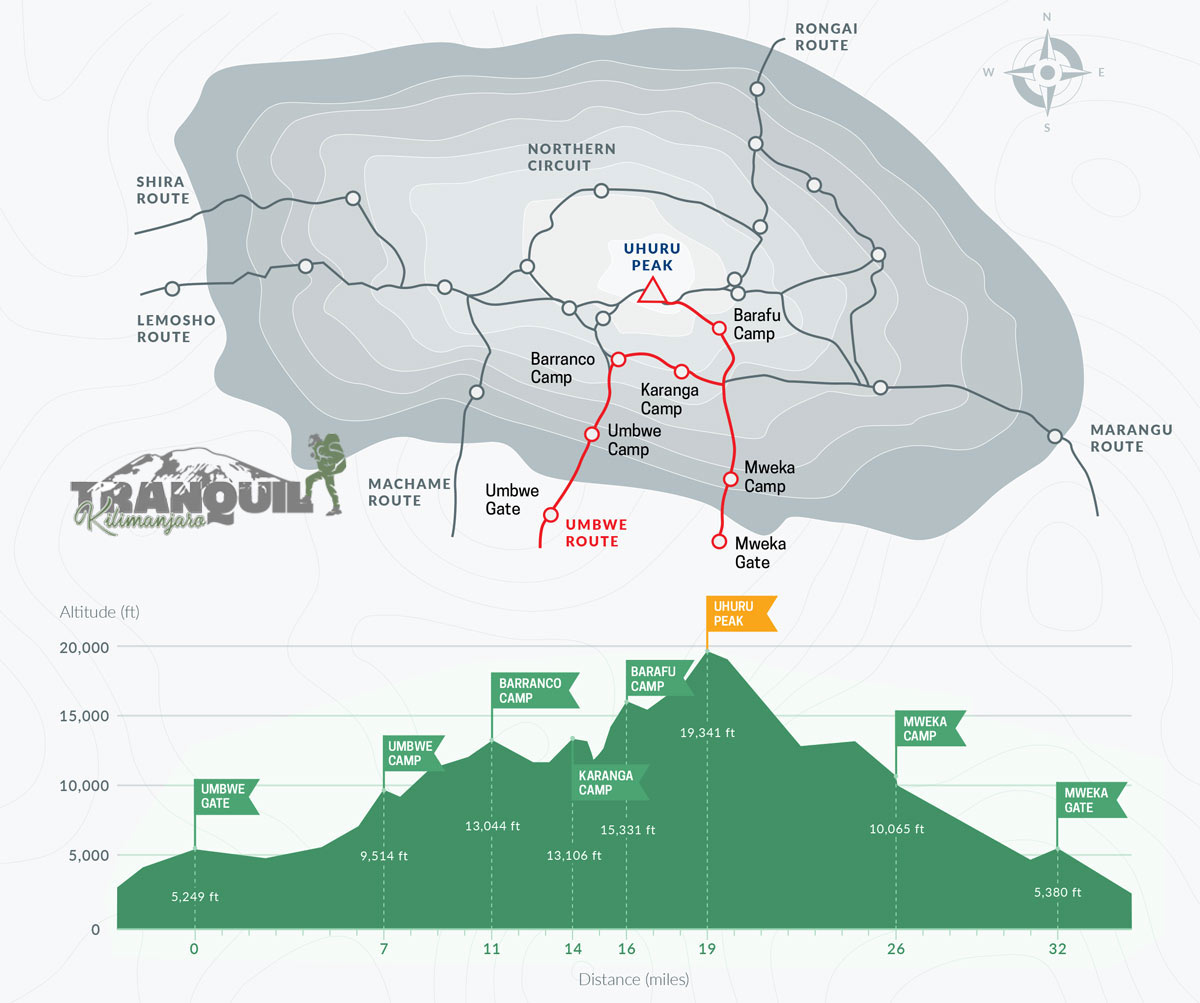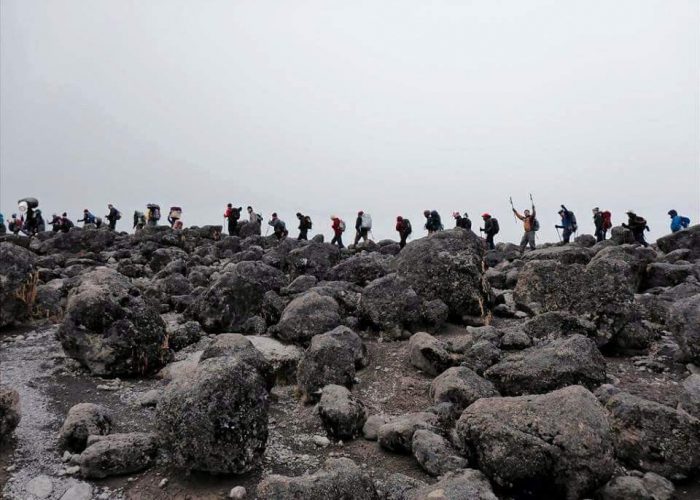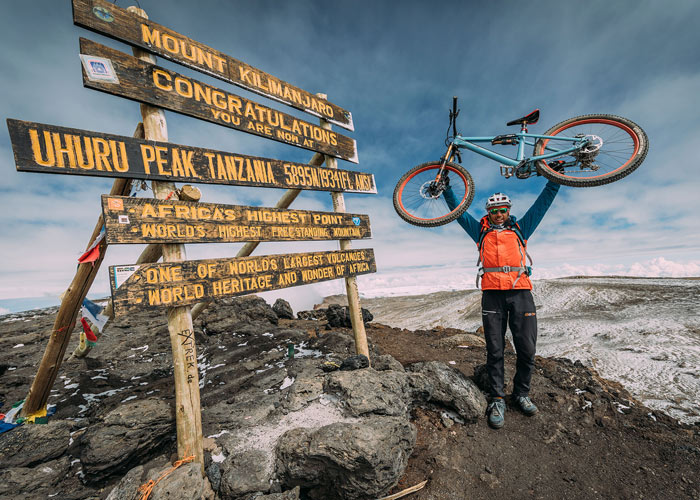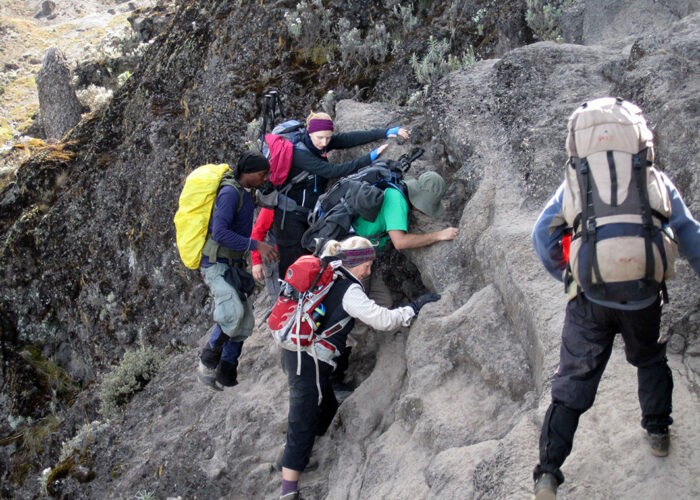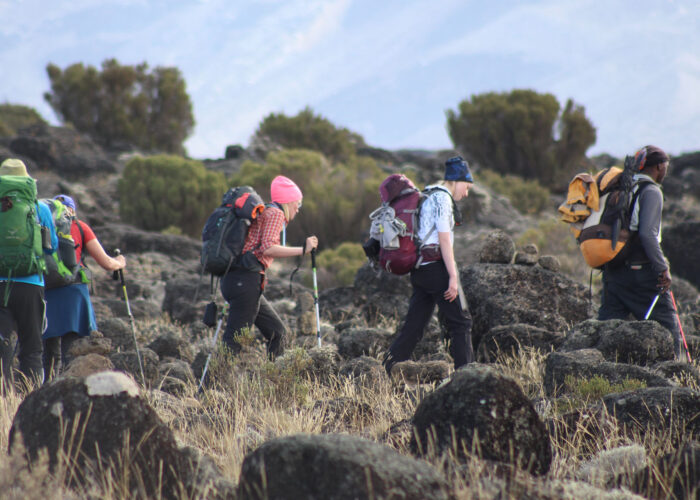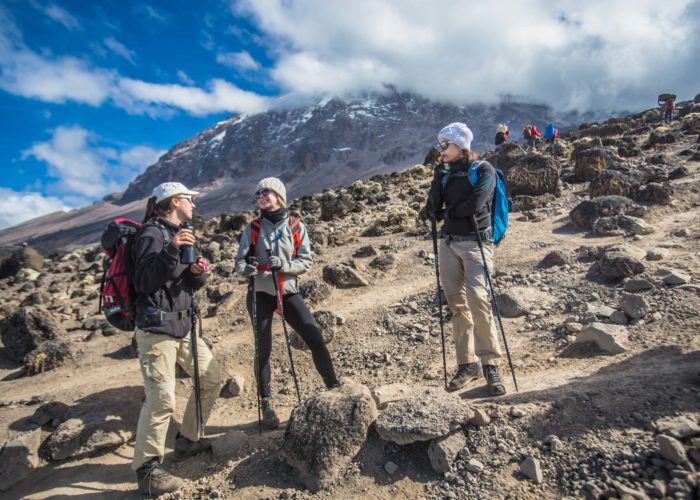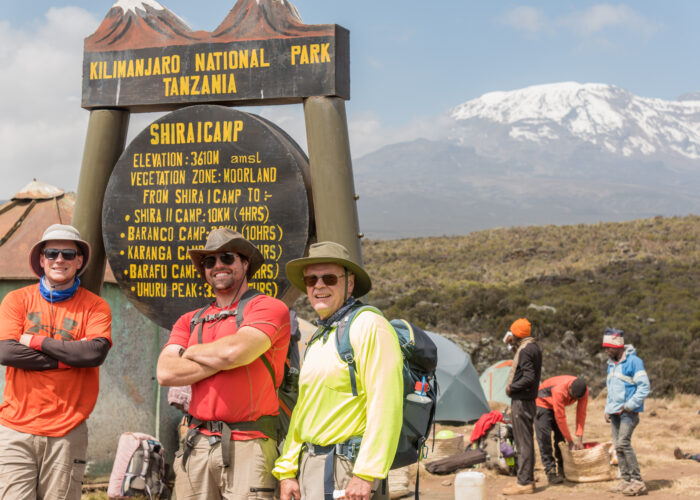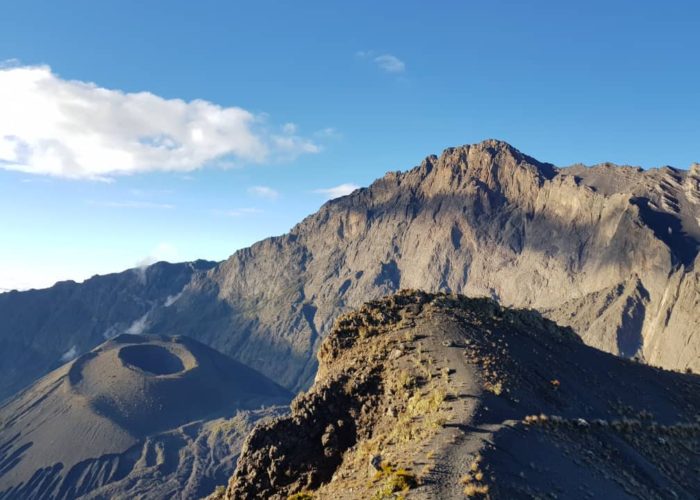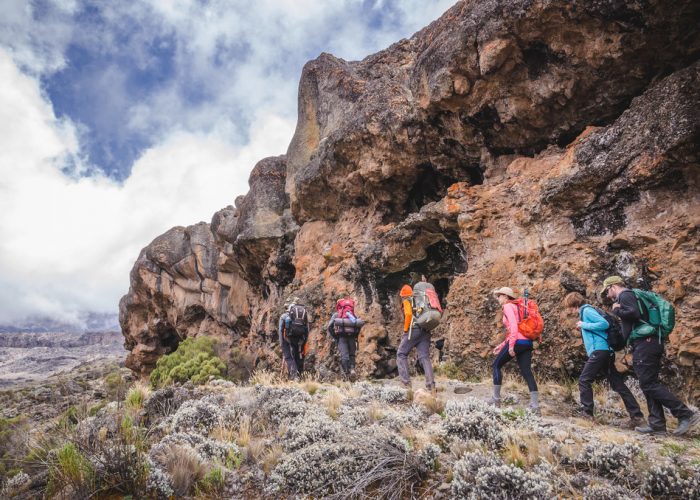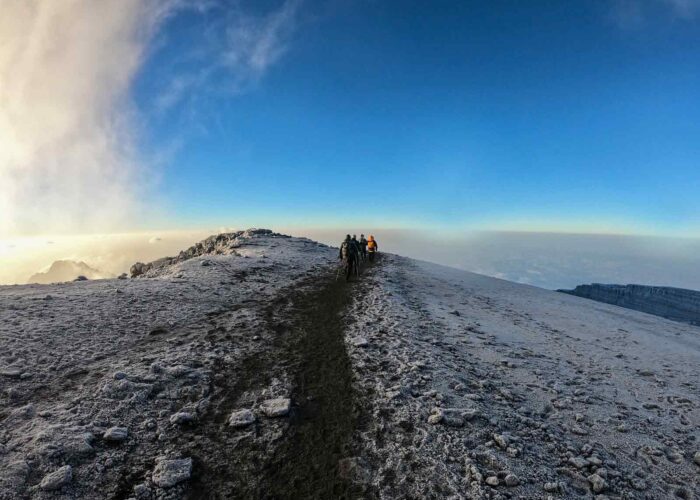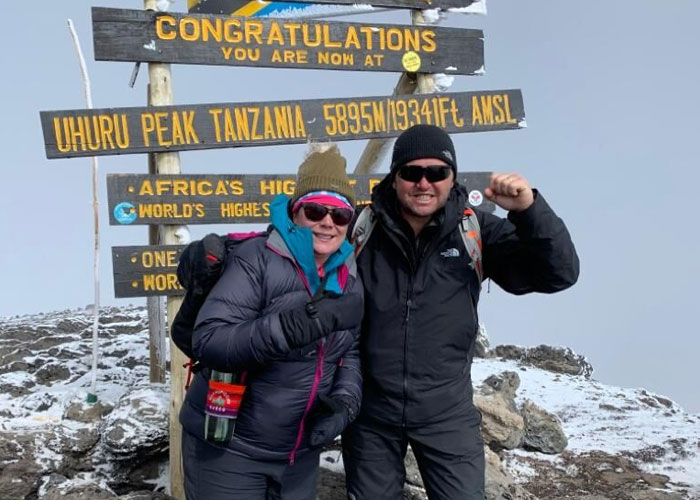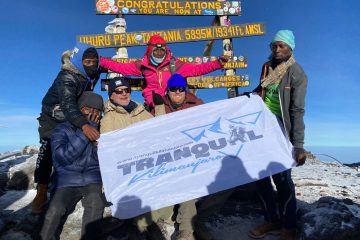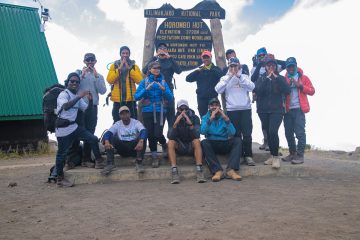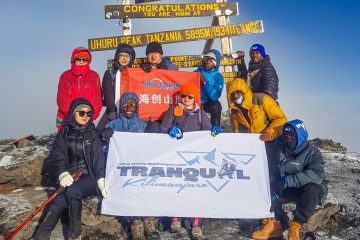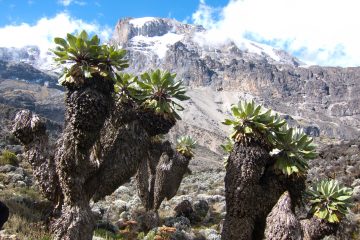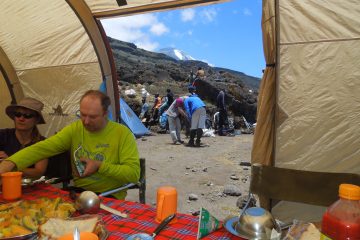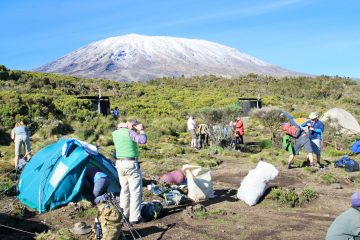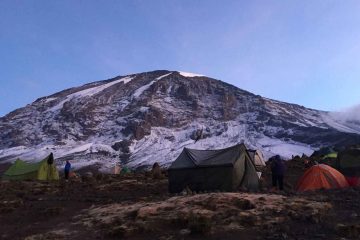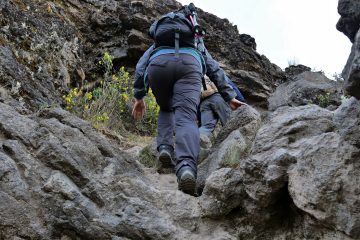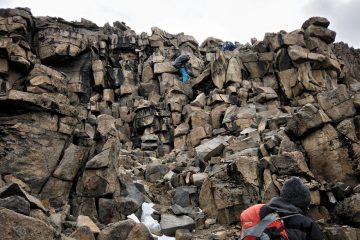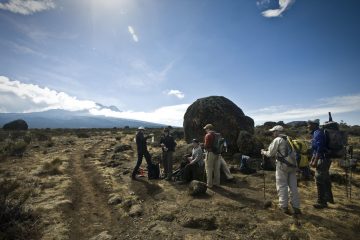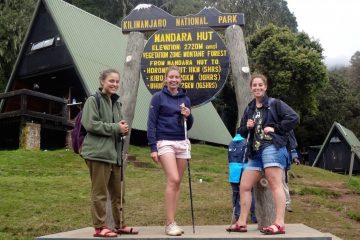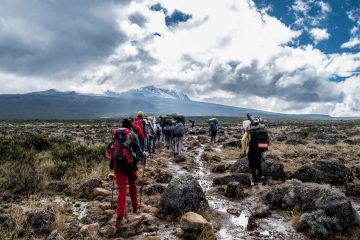There are eleven routes in total on Mount Kilimanjaro. Ten of them are ascent routes but six of the 10 routes are regularly used presently. The 6 most commonly used routes are Machame which is the most popular though one of the oldest, Marangu ( the only route that uses huts as accommodation), Rongai Route that begins in the northern side of the mountain, receives less precipitation and is great for rainy seasons, Umbwe Route, which is the shortest and one of the most challenging. Then there are 2 newer routes in comparison to the others, the Northern Circuit Route, otherwise known as the Grand Traverse Route, which is the longest of all the routes. The other recently introduced route on the mountain is Lemosho Route, our personal favourite due to its high summit success rate and scenic beauty. it was introduced as an improvement to the old Shira Route, something that rendered it rather useless because it used to begin at a very high starting point, causing many altitude sickness problems. The other routes on Mount Kilimanjaro are the old Kidia Route, which is rumoured to be reopened in the near future. The much-dreaded Western Breach Route is deemed too risky, and we rarely use it with clients to get to the summit, as it has many loose rocks and has been closed down in the past for safety reasons. There is Kilema Route, which is exclusively used for cycling and biking, perfect for climbers seeking to conquer Kilimanjaro on two wheels. Lastly, Mweka Route, on the contrary, is not an ascent trail; it is only used for descending, transporting supplies and emergencies on Kilimanjaro, but its primary use is to descend from all the above-mentioned routes apart from Marangu and Rongai Routes. These routes are listed below:
- Machame
- Lemosho
- Shira
- Rongai
- Marangu
- Umbwe.
- Northern Circuit
- Western Breach
- Kidia Route
- Kilema Route
- Mweka Route
Each of these routes eventually meets with a path circling the foot of Mt Kilimanjaro known as either the Northern Circuit or the Southern Circuit. Three trails then lead up from this circular path to Mt Kilimanjaro’s crater rim: the Western Breach Route (also known as Arrow Glacier Route), Barafu Route, and the Rongai route. The Shira, Lemosho, Machame, and Umbwe routes to climb Mount Kilimanjaro can use either the difficult Arrow Glacier Route or the easier (but longer) Barafu Route. The Marangu and Rongai trail make their way to the summit via the Rongai Route. You can deviate from these routes and design your own combination of Mt Kilimanjaro climb with special permission from KINAPA but these routes are not authorised and are not serviced by the rescue team.
In an attempt to control the number of people walking on each route up Kilimanjaro, KINAPA introduced regulations regarding the descent routes on Kilimanjaro and which ones you are allowed to take. In general, the main rule is that those ascending Kilimanjaro from the south or south-west (ie by taking the Machame, Umbwe, Lemosho, or Shira routes) must descend by the Mweka trail and if you have climbed the mountain from the south-east or north (ie on the Marangu or Rongai/Loitokitok trails) you must descend by the Marangu Route. Those trekkers who wish to deviate from these rules again should first seek permission from KINAPA.
Choosing the best route for trekking Kilimanjaro
The six Mount Kilimanjaro climbing routes differ not just in duration, price, and scenery, but also in difficulty. They also have varying degrees of complexity and success rates.
One of the most crucial decisions you’ll have to make is the Kilimanjaro climb route to take.
There is no single ideal way to climb Mt. Kilimanjaro. Several variables influence which path up Kilimanjaro is best for you:
The amount of time and money you have available, your past experience and fitness, the time of year, and your personal preferences are all factors to consider.
